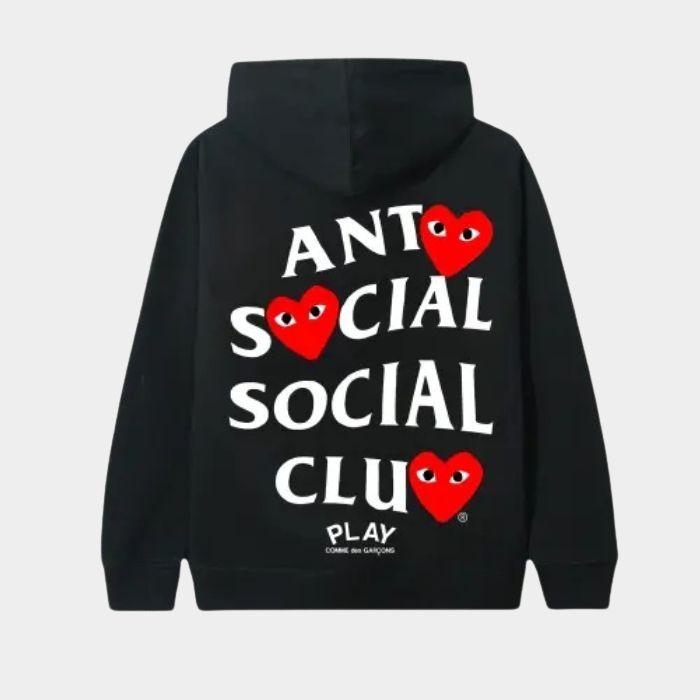Comme des Garcons global takeover

Comme des Garçons was never meant to fit neatly into the fashion system. Founded by Rei Kawakubo in Tokyo during the late ‘60s, the brand began as a radical protest against conventional beauty. While the rest of Japan was chasing Westernized glamour, Kawakubo leaned into stark minimalism, unfinished hems, and silhouettes that erased the body instead of flaunting it. Her designs felt more like intellectual experiments than clothing, and that’s exactly why they stood out.
Breaking the Western Mold
In 1981, Kawakubo stormed Paris Fashion Week with a collection so dark and torn apart that critics called it “Hiroshima chic.” The runway looked like an army of dystopian warriors—draped in black, asymmetric, and intentionally frayed. It shocked a scene still hung up on glossy couture and hourglass shapes. What people dismissed as “ugly” turned into a manifesto: beauty doesn’t have to be polished, symmetrical, or traditionally feminine. Kawakubo rewired the Western idea of what fashion could be.
Cultivating a Subculture
Comme des Garçons didn’t just make clothes—it gave outsiders a tribe. The brand resonated with those who never felt aligned with mainstream fashion. It was raw, intellectual, and quietly rebellious. The term “anti-fashion” became synonymous with CDG, sparking a movement that celebrated imperfection and individuality. Wearing CDG wasn’t just about a label; it was a declaration of independence from trends.
Expansion Through Experimentation
While most luxury brands stuck to predictable expansion strategies, Kawakubo thrived on experimentation. She turned collaborations into art projects and reimagined retail like a series of thought experiments. Each line under the Comme des Garcons umbrella—whether Play, Homme, or Shirt—had its own personality, yet stayed tied to the same rebellious DNA. What looked chaotic from the outside was actually a masterclass in brand-building without boundaries.
The Heartbeat of Dover Street Market
In 2004, Kawakubo and her husband, Adrian Joffe, launched Dover Street Market in London—a retail experience that didn’t feel like shopping at all. The space blurred the line between boutique and gallery, with installations that changed seasonally and designers showcased like living artists. DSM has since expanded to cities like New York, Tokyo, and Beijing, becoming cultural landmarks as much as fashion destinations. It redefined what luxury retail could look like in the modern era: messy, alive, and immersive.
Streetwear Crossovers and Youth Culture
If the avant-garde runways seemed untouchable, CDG balanced it out with approachable pieces that spoke to streetwear kids worldwide. The Play line, marked by Filip Pagowski’s iconic heart-with-eyes logo, became one of the most recognizable symbols in global fashion. And when Comme des Garçons teamed up with Nike, Supreme, or Converse, it wasn’t just about sneakers or tees—it was about bridging worlds. Suddenly, the philosophy of anti-fashion had infiltrated youth culture, turning Kawakubo’s rebellion into a mainstream language.
The Enduring Global Influence
Today, Comme des Garçons is less a brand and more a cultural ecosystem. Kawakubo’s refusal to compromise has inspired generations of designers, from Yohji Yamamoto to emerging names that see imperfection as liberation. The global takeover isn’t about numbers or stores—it’s about influence. Comme des Garçons has proven that a brand rooted in defiance can reshape fashion itself, carving out a space where rebellion and artistry walk hand in hand.





